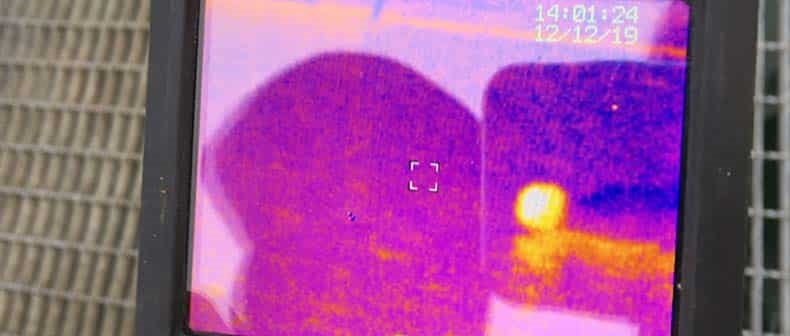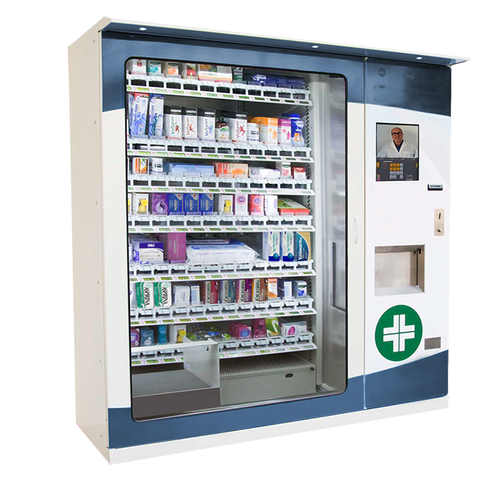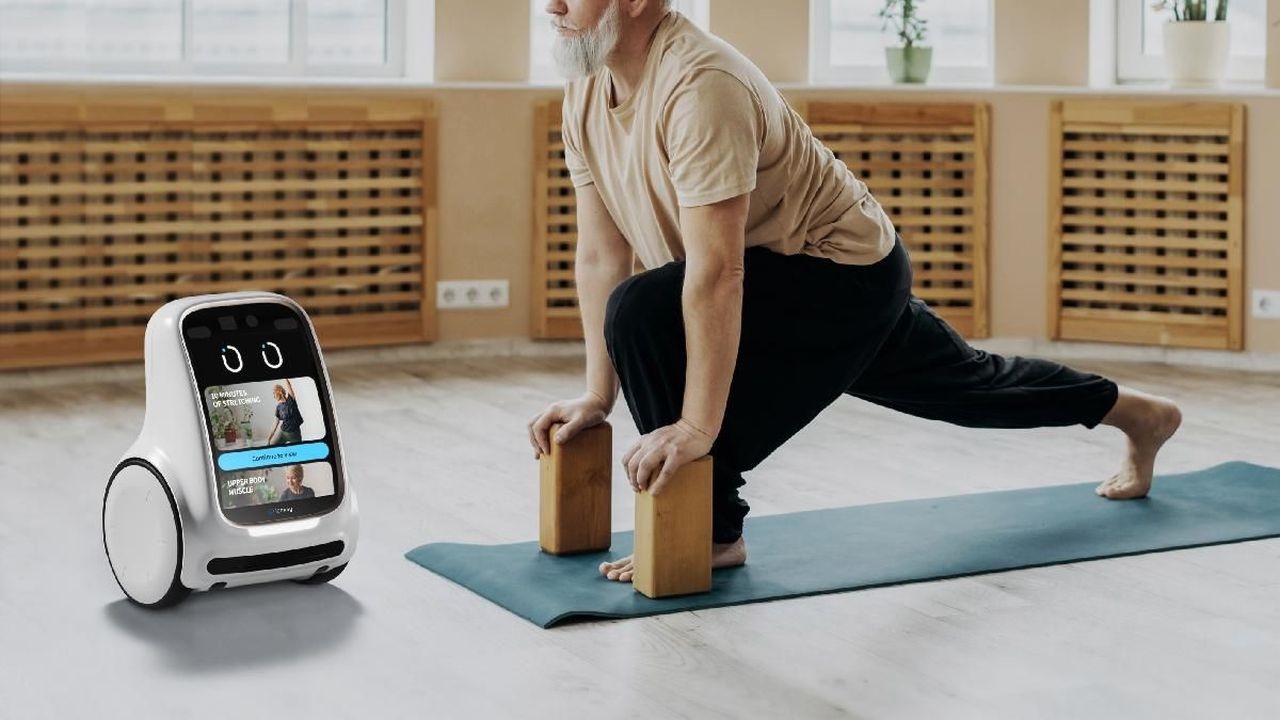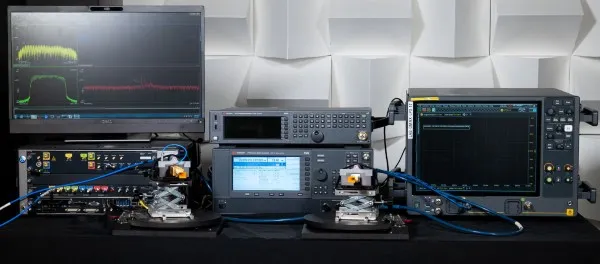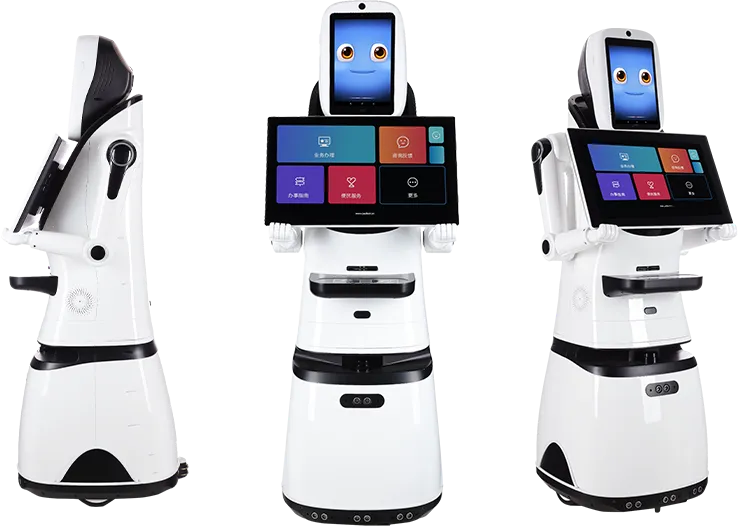
Overview
Smart campus: interactive campus history museum
As technology advances, campus history museums are adopting interactive solutions. A campus history museum was equipped with an interactive guide robot with the following capabilities:
- Active reception: the robot uses visual recognition to approach and greet visitors instead of relying on self-guided visits.
- Voice interaction: it provides commentary while guiding visitors and answers questions about campus history to make the visit more engaging.
- Intelligent navigation: it uses SLAM to avoid obstacles and plan efficient routes so visitors do not miss highlights.
This system converts a static exhibition into an interactive environment, with the goal of improving the visitor experience.
1. Features and innovations
This project integrates several technologies to create an intelligent campus-history guide robot with the following core innovations.
1.1 Conversational guide
- Accurate listening: a six-channel circular microphone array combined with an R818 noise reduction board captures questions accurately even in noisy environments.
- Informed responses: the robot integrates a voice module and a large language model, enabling it to provide route guidance and answer detailed campus history questions such as "Who was the first principal?"
- Proactive interaction: the robot proactively greets visitors and provides ongoing commentary while guiding, offering a guided experience rather than a passive display.
1.2 Built-in navigation expertise
- Accurate localization: a fusion of lidar and depth camera SLAM can map the museum layout and generate an optimal tour route within a short initialization period.
- Stable obstacle avoidance: the system dynamically reroutes around unexpected crowds to avoid collisions.
- Context-aware prompts: while guiding, the robot can suggest stopping points, for example, "The showcase on the left contains artifacts from the university founding year 1958. Would you like to stop and look?"
1.3 Custom chassis and modular design
- Scene-oriented chassis: a custom-designed body balances agility and stability, allowing turns in narrow exhibition aisles and a collision-resistant chassis to protect artifacts.
- Modular upgrades: batteries, sensors, and other modules can be quickly swapped, similar to modular building blocks, to accommodate future feature expansions.
2. Functional design
2.1 Overall design
The "Xiao Mo" intelligent guide robot uses a modular architecture to deliver precise interaction and autonomous navigation for campus history museums.
Core design principles:
- User-friendly interaction: visitors interact with the robot via voice or a touchscreen, and commands are sent to the central control system.
- Intelligent decision center: the control module integrates SLAM positioning, AI speech recognition, and environment sensing data to generate optimal guidance in real time.
- Precise execution and feedback: the navigation module drives movement while the voice system provides synchronized explanations, forming a question-answer-guide loop.
Technical highlights:
- Accurate listening: noise-resistant microphones combined with AI voice models enable reliable visitor request recognition.
- Precise localization: lidar-based SLAM provides real-time mapping and dynamic path planning for obstacle avoidance.
- Engaging explanations: a large language model supports natural, informative explanations comparable to a professional guide.
 ALLPCB
ALLPCB


